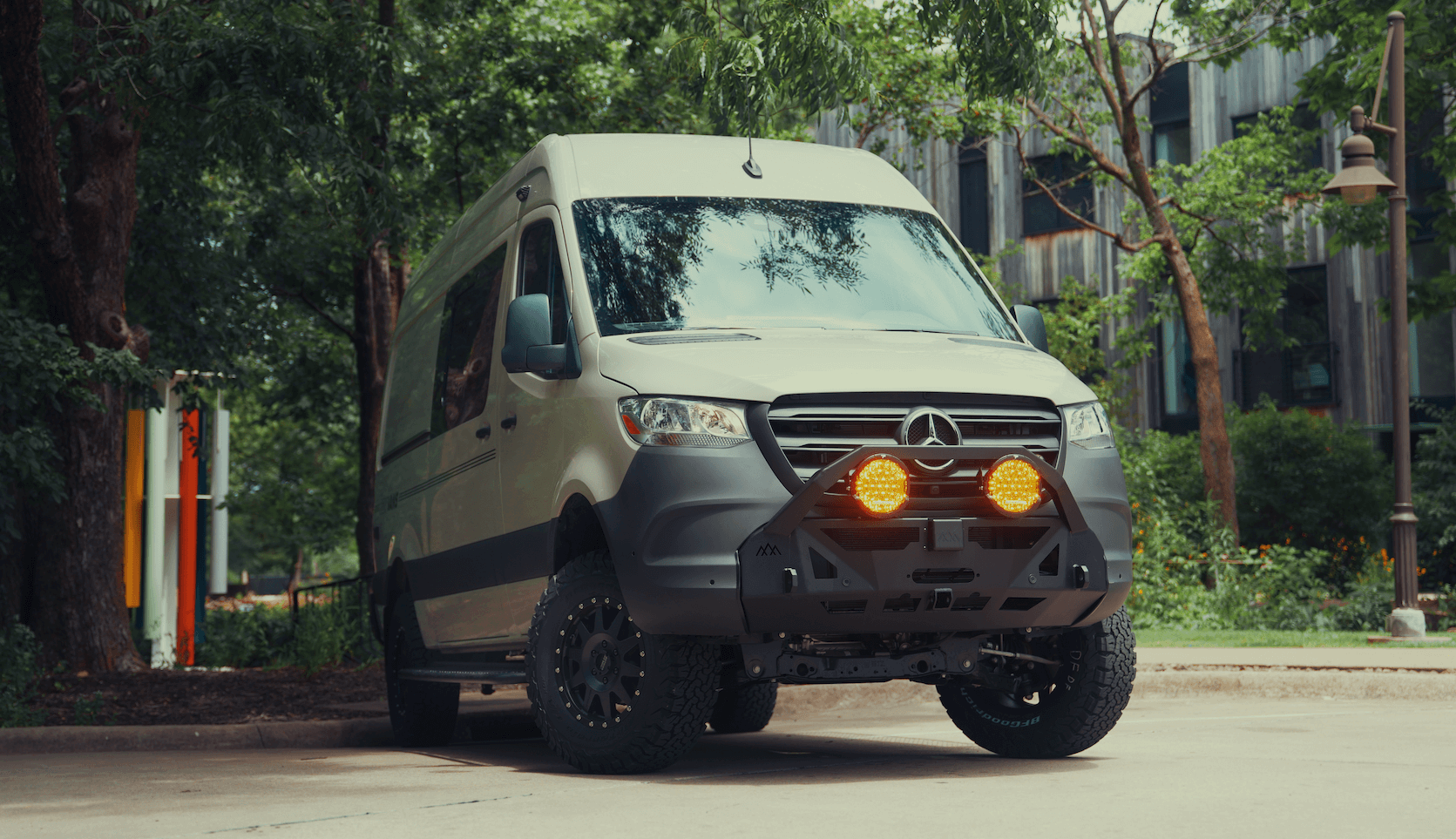Recreational Vans

Climate comfort in a van begins with slowing heat flow through the shell. The metal body conducts energy fast, so without the right layers you chase the thermostat all day. A good plan tackles three realities at once: conduction through steel panels, radiant load from sun on glass and roof, and interior moisture produced by people cooking or breathing. When these are managed together, your heater or air conditioner runs less and holds a steady temperature with fewer spikes.
Think in terms of a system. The body cavities need a thermal layer that will not trap water, the interior needs an air seal that controls drafts, and the windows need covers that stop radiant gain or loss. Add intentional airflow with a roof fan or vent to purge moisture. Done well, this approach feels like stepping from a tin can into a quiet studio.
Map those paths before picking materials so each layer works for a specific job, not as a one size fix.
No single material solves every surface. Choose by location and by the type of heat transfer you are fighting.
Avoid spray foams that permanently glue wiring or trap moisture in hidden pockets. Vans flex, and serviceability matters. Materials should be removable and predictable after thousands of miles.
Glass is the largest thermal hole in the coach. Well fitting insulated window covers, ideally with a light reflective exterior side for summer and a dark side for winter, can change the whole cabin feel. Magnetic or track mounted designs reduce light leaks and reduce convective drafts that run down cold glass at night. Side benefit: better privacy and less UV fade on your interior.
Every breath adds water to the air. Cooking and drying gear do too. If moisture hits a cold metal surface, you get condensation and eventually corrosion. Focus on three habits:
A plastic film vapor barrier is not always helpful in vans. Mobile cabins change climate zones fast, and trapped layers can sweat on the wrong side. Aim for a balanced assembly that dries to the interior while keeping liquid water away from metal.
Insulation is only one lever. Daily choices make the layers more effective.
Every pound matters. Favor materials with high performance per inch and per pound. Verify flame spread ratings and avoid products with heavy off gassing. Maintain clearances around heaters and electrical components, and keep access panels serviceable for future maintenance.
Use an infrared thermometer to scan walls and glass on hot or cold days to find cold bridges and hot spots. Data log interior and exterior temperatures plus humidity on a trip. If the heater or air conditioner cycles too often, look for drafts and glass coverage gaps before assuming more insulation is needed.
The best climate plan pairs insulation with an efficient heater or air conditioner and a right sized electrical system. Better thermal performance means smaller swings, so you use fewer amp hours each night and shorten generator or alternator run time. If you rely on a diesel or gas fired heater, insulation helps the cabin reach setpoint faster and stay there without constant cycling. For air conditioning, a tight cabin and shaded glass can be the difference between comfortable and marginal performance when parked in the sun.
These are subtle but they compound into quieter, steadier comfort on long trips.
After thousands of road miles and many custom rigs, we design climate control into the shell from the first sketch. Our team selects materials for each surface, shapes thermal breaks around factory ribs, and seals the interior skin for controlled airflow. We pair insulated floors and headliners with fitted window covers, then tune the ventilation plan to curb condensation in real travel conditions. In Fayetteville Arkansas we hand off builds at Adventure Point so you can feel the cabin hold temperature on a real route before heading home.
If you are planning a new rig or updating an existing platform, explore our van lineup and services:
Your van should feel calm, dry, and consistent in every season. We build that experience into the core of the vehicle, not just the trim you can see.
A quiet, dry, and steady cabin makes every mile easier. If you want a professionally insulated adventure van with the right materials in the right places, OZK Customs in Fayetteville Arkansas can help. From complete custom builds to partial upfits, we integrate insulation, window covers, ventilation, and climate systems as one package so you use less power and enjoy more comfort. Tell us how and where you travel, and we will craft the plan.
Ready to feel real climate control gains in your van without guesswork or rework. OZK Customs designs and installs professional insulation systems that cut noise, curb condensation, and keep temps steady. Tell us how you travel and we will craft a build that fits your routes, weather, and gear. Start your custom or partial upfit today.
ADDRESS:
6159 E Huntsville Rd, Fayetteville, AR 72701
PHONE:
(479) 326-9200
EMAIL:
info@ozkvans.com